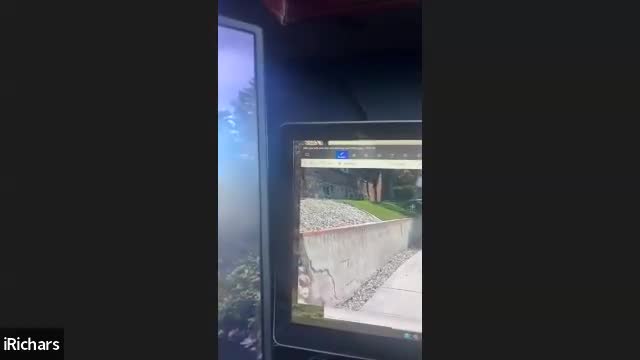Homeowner Alme Challenges City Ordinance on Artificial Turf Restrictions in Landscaping
July 22, 2025 | Salt Lake City, Salt Lake County, Utah
This article was created by AI summarizing key points discussed. AI makes mistakes, so for full details and context, please refer to the video of the full meeting. Please report any errors so we can fix them. Report an error »

In a recent Salt Lake City Planning Division Appeals Hearing, residents voiced concerns over the city’s ban on artificial turf in front and side yards, highlighting the challenges posed by steep slopes and maintenance issues. The hearing, held on July 17, 2025, brought to light the frustrations of homeowners like Mr. Alme, who argued that the city’s regulations lack clarity and fairness.
Mr. Alme explained that his property exceeds the 25% slope threshold, making traditional landscaping difficult. He noted that artificial turf has been the most effective solution for maintaining his yard, despite the city’s concerns about environmental impacts such as PFAS and microplastics. He presented reports claiming that PFAS levels were nondetectable, questioning the city’s rationale for the ban.
The city staff emphasized that there are alternative landscaping options available that could meet city requirements. However, Mr. Alme expressed disappointment, stating that the alternatives suggested, such as xeriscaping and crushed rock, would not adequately address the unique challenges of his property. He called for the city to implement a permit system for artificial turf installations, arguing that it would prevent confusion and save homeowners from costly mistakes.
The discussion also touched on the perceived inconsistency in the enforcement of the turf regulations. Mr. Alme pointed out that the city investigates turf violations only based on complaints, suggesting that many properties may be out of compliance without any repercussions. This selective enforcement, he argued, fosters resentment among residents and undermines community trust.
City officials reiterated that there is no requirement for properties to have natural grass, and they are exploring various landscaping options to accommodate different property types. The hearing concluded with a commitment from city representatives to consider the feedback from residents as they review the ordinance.
As Salt Lake City navigates these landscaping regulations, the outcomes of this hearing could significantly impact homeowners facing similar challenges, shaping the future of residential landscaping in the community.
Mr. Alme explained that his property exceeds the 25% slope threshold, making traditional landscaping difficult. He noted that artificial turf has been the most effective solution for maintaining his yard, despite the city’s concerns about environmental impacts such as PFAS and microplastics. He presented reports claiming that PFAS levels were nondetectable, questioning the city’s rationale for the ban.
The city staff emphasized that there are alternative landscaping options available that could meet city requirements. However, Mr. Alme expressed disappointment, stating that the alternatives suggested, such as xeriscaping and crushed rock, would not adequately address the unique challenges of his property. He called for the city to implement a permit system for artificial turf installations, arguing that it would prevent confusion and save homeowners from costly mistakes.
The discussion also touched on the perceived inconsistency in the enforcement of the turf regulations. Mr. Alme pointed out that the city investigates turf violations only based on complaints, suggesting that many properties may be out of compliance without any repercussions. This selective enforcement, he argued, fosters resentment among residents and undermines community trust.
City officials reiterated that there is no requirement for properties to have natural grass, and they are exploring various landscaping options to accommodate different property types. The hearing concluded with a commitment from city representatives to consider the feedback from residents as they review the ordinance.
As Salt Lake City navigates these landscaping regulations, the outcomes of this hearing could significantly impact homeowners facing similar challenges, shaping the future of residential landscaping in the community.
View full meeting
This article is based on a recent meeting—watch the full video and explore the complete transcript for deeper insights into the discussion.
View full meeting

